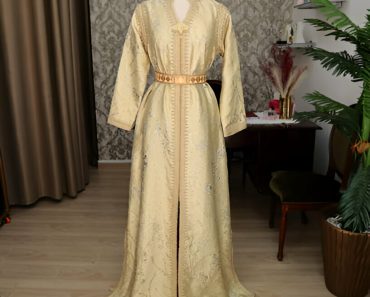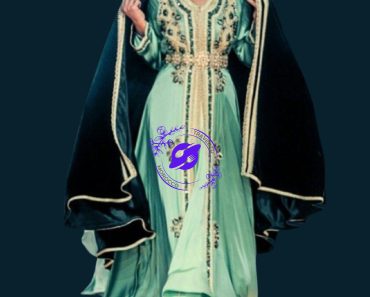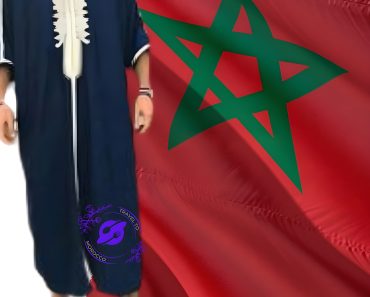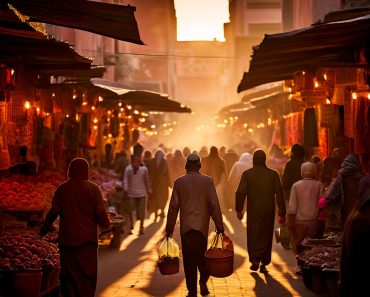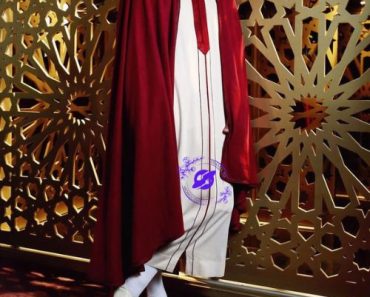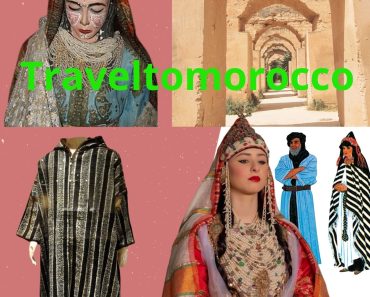
WEARING OF MOROCCO CLOTHING
Discover the Timeless Charm of the Moroccan Djellaba: History & Fashion
In the vibrant tapestry of Moroccan culture, the Moroccan djellaba stands out as a distinctive and iconic garment. Worn by both men and women across the country, the djellaba embodies centuries of tradition, craftsmanship, and cultural significance. Its timeless design and versatility distinguish it from other traditional Moroccan garments, making it a cherished piece in wardrobes worldwide.
Rooted deeply in the history and heritage of Morocco, the Moroccan djellaba is characterized by its long, flowing silhouette and intricate craftsmanship. Crafted from high-quality fabrics such as wool or cotton, the djellaba offers both comfort and style, making it suitable for a variety of occasions and climates.
Introduction
The Moroccan djellaba is a garment that epitomizes the fusion of functionality with cultural significance. Rooted deeply in the traditions of North Africa, this long, loose-fitting robe has not only been a staple in Moroccan wardrobes for centuries but has also caught the eye of global fashion aficionados. In this detailed exploration, we dive into the history, distinct features, and the modern-day appeal of the Moroccan djellaba, demonstrating why it continues to be a cherished item both in Morocco and around the world.
The Historical Roots of the Moroccan Djellaba
The history of the Moroccan djellaba is as rich and textured as the fabrics from which it is made. Originating from the indigenous Berber populations of North Africa, the djellaba has been a part of Moroccan culture for centuries, worn by both men and women across all strata of society. Initially designed for practicality, the djellaba was intended to offer comfort and protection against the harsh climates of the region—from the blistering heat of the Sahara to the crisp winds of the Atlas Mountains. Over time, it has evolved but always retained its fundamental characteristics.
Key Features of the Moroccan Djellaba
Design and Material
Traditionally, the djellaba is crafted from wool, cotton, or more recently, synthetic fibers, which are suited to the varied Moroccan climate. The garment features a distinctive hood, known as a ‘qob,’ which is crucial for shielding the wearer from sun or sand. Its design is smart and purposeful, with a loose fit that promotes air circulation, essential in the hot climates of North Africa. Djellabas vary in color and fabric thickness, often depending on the season or occasion, showcasing a spectrum from vibrant hues to muted, earthy tones.
Cultural Significance
The djellaba holds a place of reverence in Moroccan society. It transcends mere functionality and is deeply embedded in the social and cultural tapestry of the country. The style, color, and fabric of a djellaba can often indicate the wearer’s age, marital status, region, and social standing. During significant events and religious festivals, specially made djellabas are worn, which are more elaborate and detailed than those worn daily.
The Moroccan Djellaba in Modern Fashion
In recent decades, the Moroccan djellaba has crossed borders and cultures, emerging as a garment of choice in global fashion circles. International designers have reimagined the djellaba, tailoring it to suit contemporary tastes while preserving its iconic silhouette. This modern interpretation often involves experimenting with unconventional fabrics, vibrant prints, and intricate embroidery, transforming the traditional djellaba into a statement piece that appeals to a global audience.
Choosing the Right Djellaba
For Traditional Purposes
For those seeking a djellaba for traditional use, it is important to choose designs that adhere to the cultural norms and artisanal quality of Moroccan craftsmanship. Opting for djellabas made from natural fibers like wool or cotton not only enhances authenticity but also supports the sustainability of traditional methods.
For Fashion Enthusiasts
Fashion-forward individuals might look for djellabas with a contemporary twist—think along the lines of lighter fabrics for summer or bold, graphic prints that make a stylish statement. The modern djellaba is versatile, perfect for layering in winter or as a standalone piece in warmer months.
Caring for Your Djellaba
Preserving the beauty and longevity of a djellaba involves careful maintenance. It is recommended to wash the garment gently, avoid heavy detergents, and air dry it away from direct sunlight to prevent fading. For woolen djellabas, dry cleaning is preferable to maintain the integrity of the fibers.
The Djellaba in Cultural Representation
Beyond fashion, the djellaba plays a role in cultural representation, often appearing in films, literature, and art as a symbol of Moroccan identity. This representation has helped elevate the status of the djellaba from a traditional garment to a symbol of national pride and heritage.
How do I select the right size of djellaba to ensure it fits properly?
Selecting the right size of a djellaba ensures optimal comfort and style. Here’s how :
-
Begin by taking accurate body measurements, including chest, waist, hips, and height.
-
Refer to the size chart provided by the manufacturer or seller to determine the appropriate size based on your measurements.
-
Consider the desired fit of the djellaba—whether you prefer a relaxed, loose fit or a more tailored look.
-
Pay attention to sleeve and hem lengths to ensure they fall where you want them.
-
If in doubt, opt for a slightly larger size as it’s easier to adjust a loose-fitting djellaba than a tight one.
Note: Always check the return and exchange policy before making your purchase to ensure hassle-free adjustments if needed.
Wondering if there are specialized djellaba styles for various weather conditions?
Here’s what you need to know:
Yes, there are specific variations of the djellaba tailored to different climates and seasons.
-
For colder weather, opt for a thicker fabric like wool and consider a lined or insulated design for added warmth.
-
In hotter climates, lightweight cotton or linen djellabas with breathable fabrics and shorter sleeves are ideal.
-
Look for djellabas with adjustable features such as removable hoods or sleeves to adapt to changing weather.
-
Consider the color of the djellaba as darker shades absorb more heat, while lighter colors reflect sunlight.
